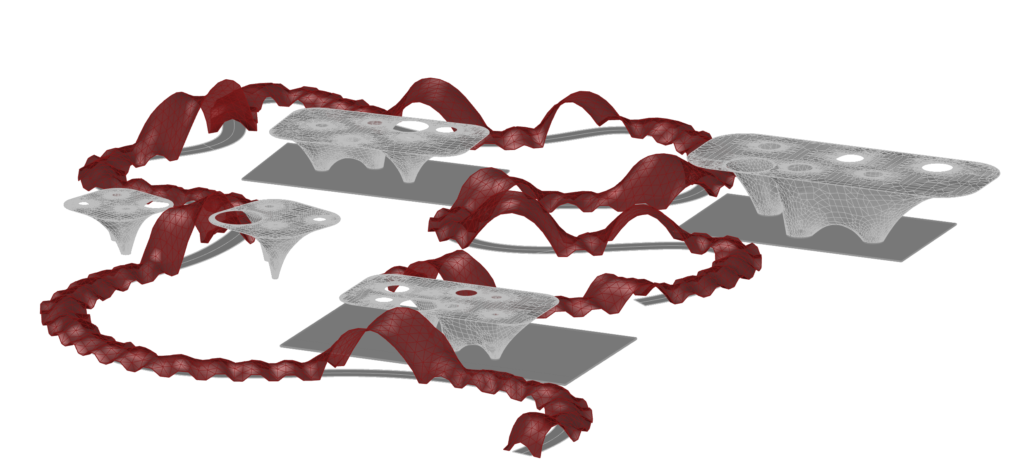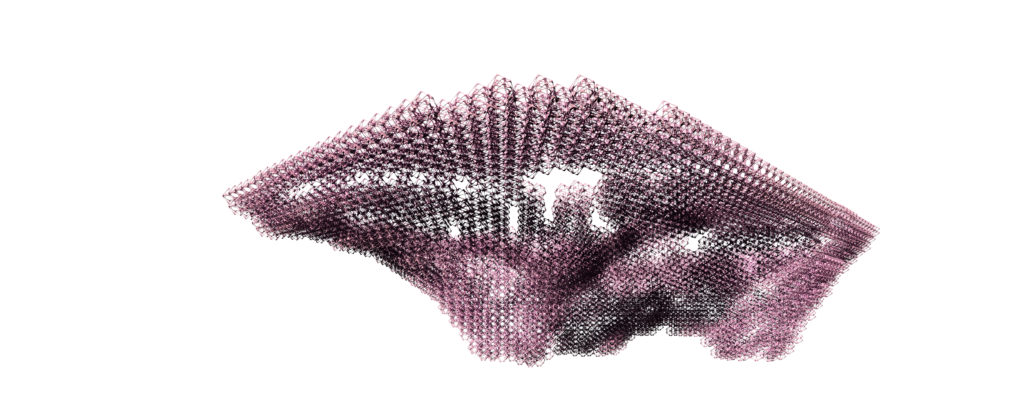Introduction
Design brief required us to develop a proposal for a new Conservation Museum to raise awareness about wild animal species extinction. During my initial research I realized there are multiple reasons behind various wild species extinction like climate change, deforestation, industrialization & overpopulation. A common theme in this has been interference of human race over other species on this planet. One glaring fact that resurfaced for me was about american bison which had a population over 60 million in the late 18th century. The species was culled down to just 541 animals by 1889. Clearly constructing a building at Agnano Crater in Naples, Italy which is a lush green site with multiple water bodies and has its own ecosystem is counterintuitive to the idea of limiting human interference. So, I was set to find ways to build this without removing/relocating a single tree or bringing any heavy equipment to the site.
Concept
I located a relatively verdureless part of the site to situate this museum. Further I decided to break the form into multiple pavilions connected by a pathway. The scale of the pathway (representative of the human form) has been brought down to magnify the effect of the pavilion spaces (representative of the animal form).
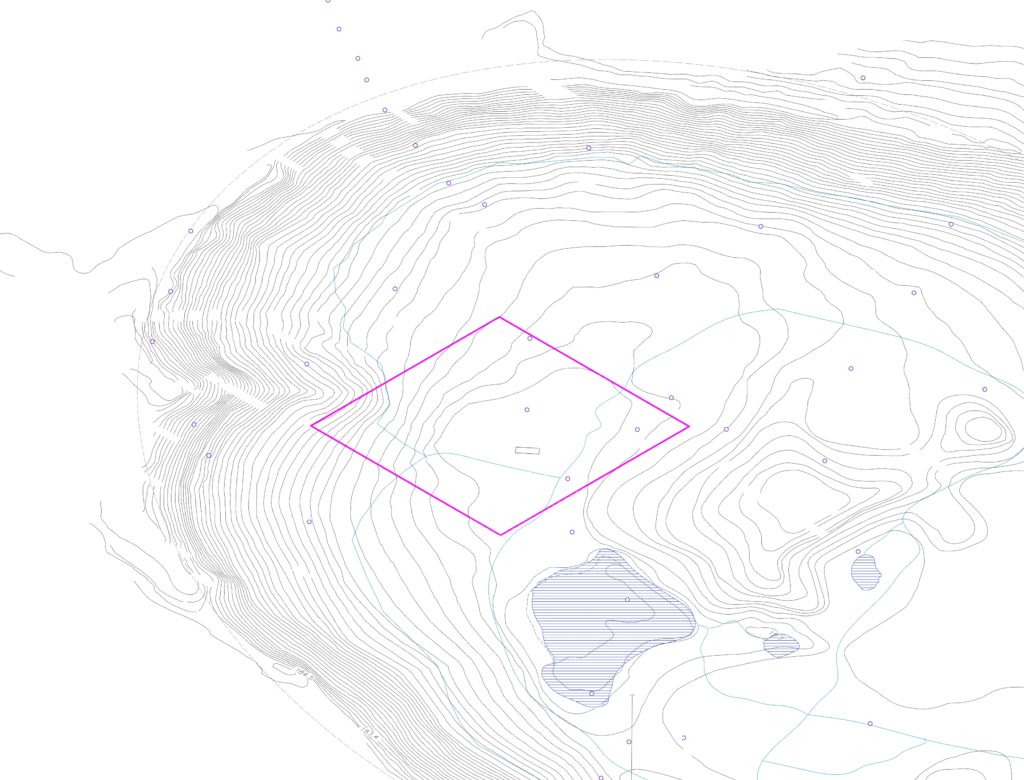

Next, I mapped out a pathway route and in order to locate the pavilions a visibility analysis was carried out using grasshopper.
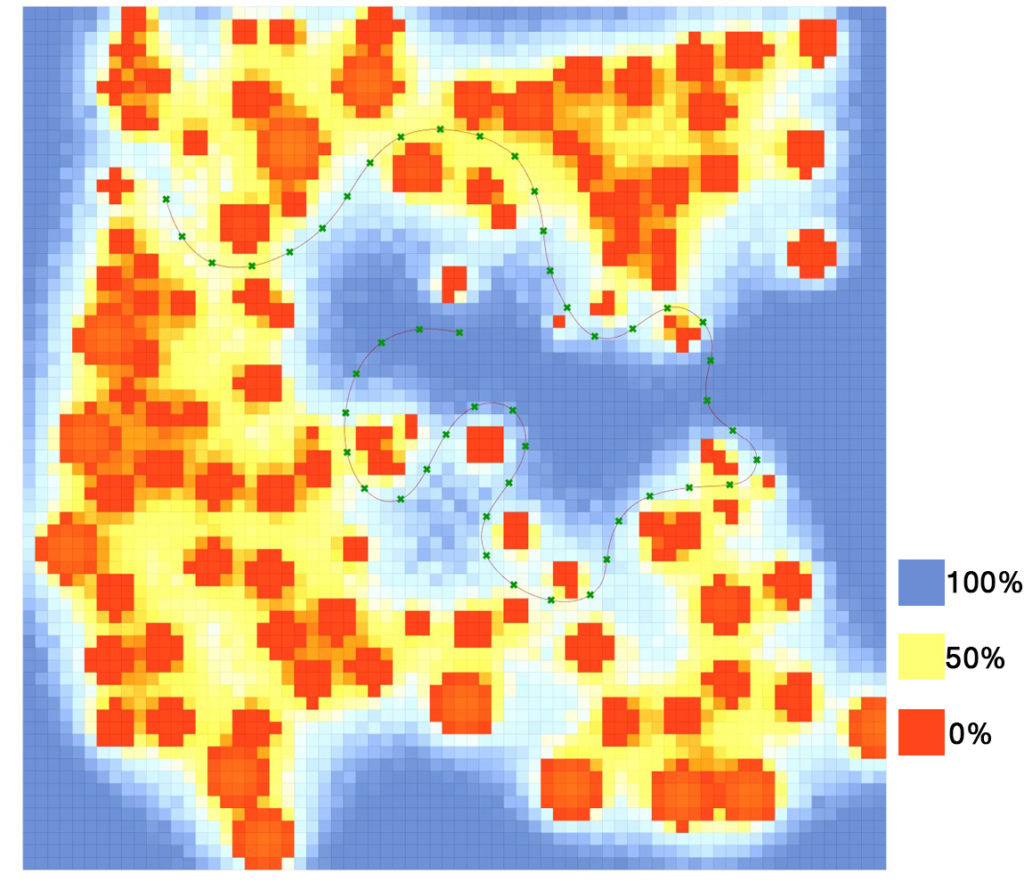
This visibility study helped me select Pathway structure anchor points. Spacing between the anchors is increased to open up the areas with higher visibility.
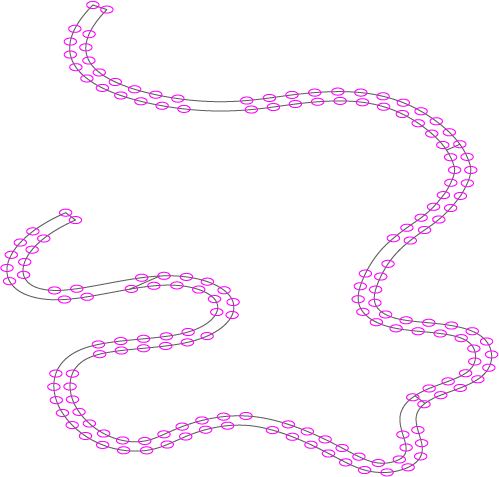
Location of Pavilion Structures was decided to maximize access and visibility.
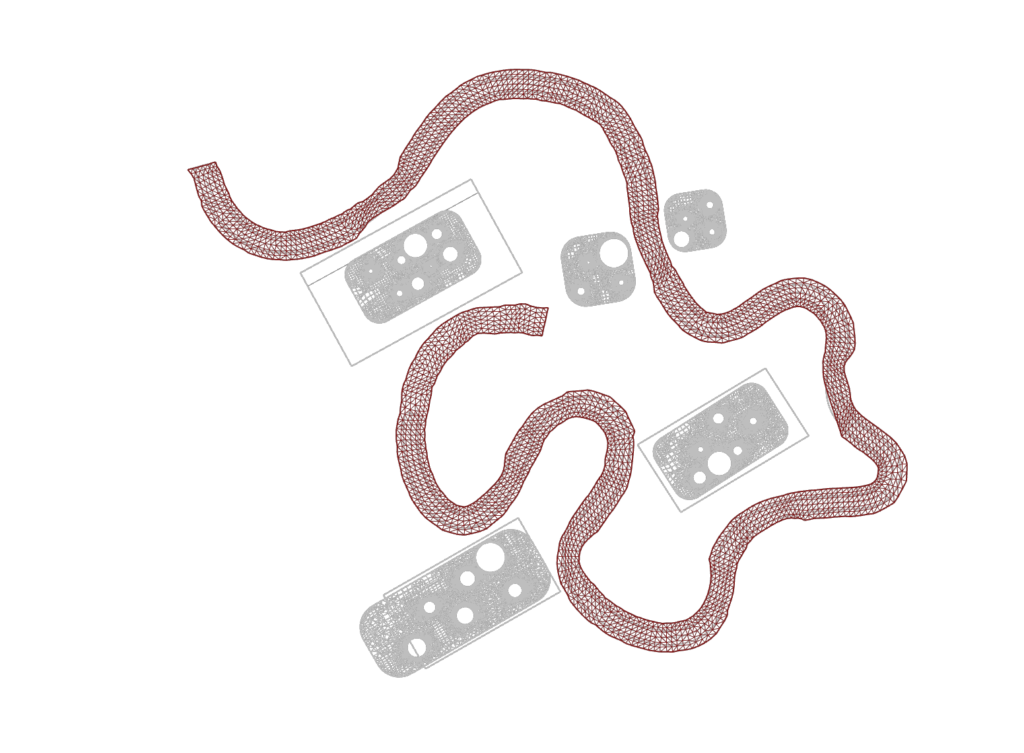
Kangaroo Form Finding
Pathway and Pavilion structure forms were derived using Grasshopper Kangaroo form finding method. Different structures will cater to various functions like Welcome Center, Auditorium, Cafe & Exhibition spaces.
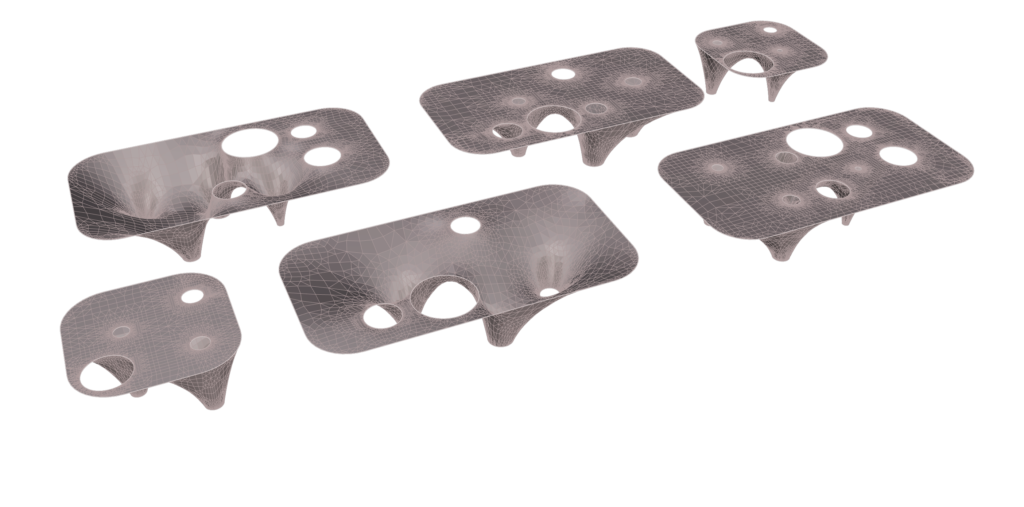

Wasp Aggregation
The Kangaroo derived forms were used as a mesh for Wasp aggregation. For parts development, various basic shapes were studied like Cube, Pyramid, Tetrahedron and Octahedron. The truncated Octahedron was selected due to it’s ability to form connections in multiple directions which lets us cover the minimal curved surfaces derived from Kangaroo simulation.


